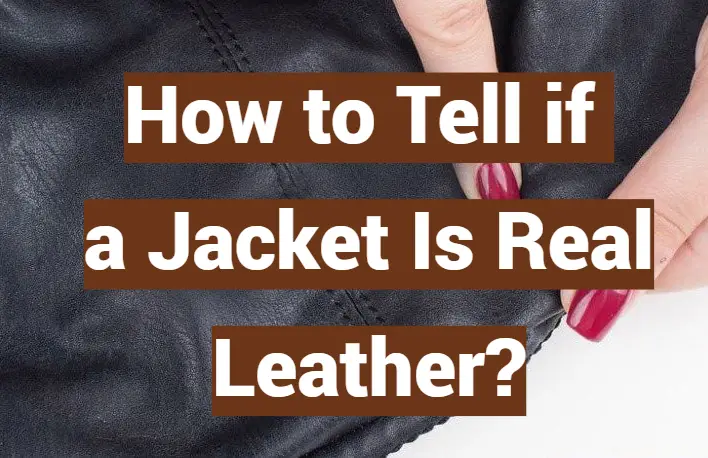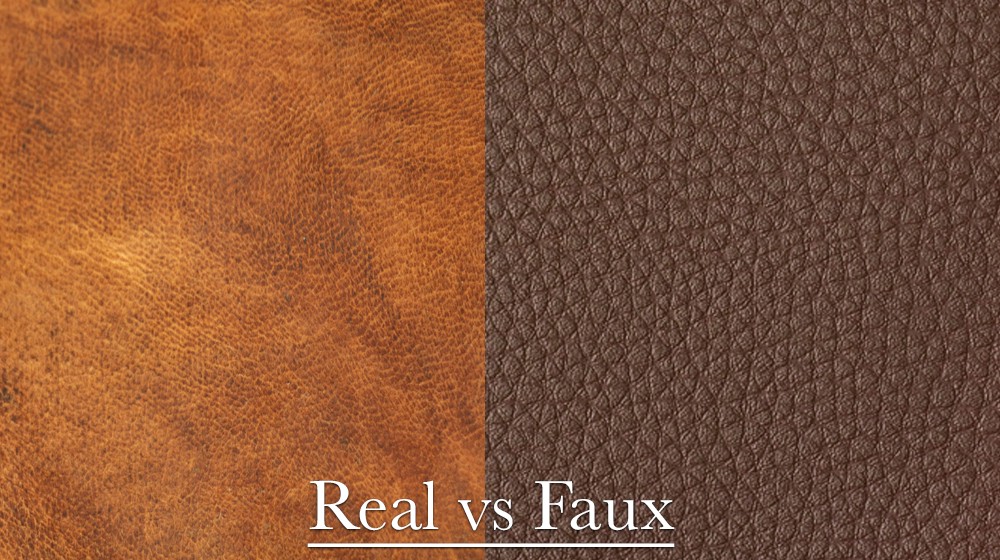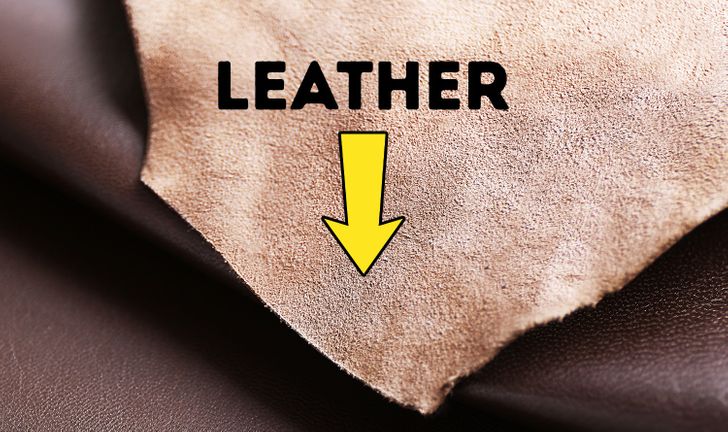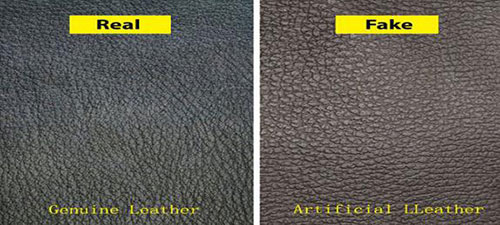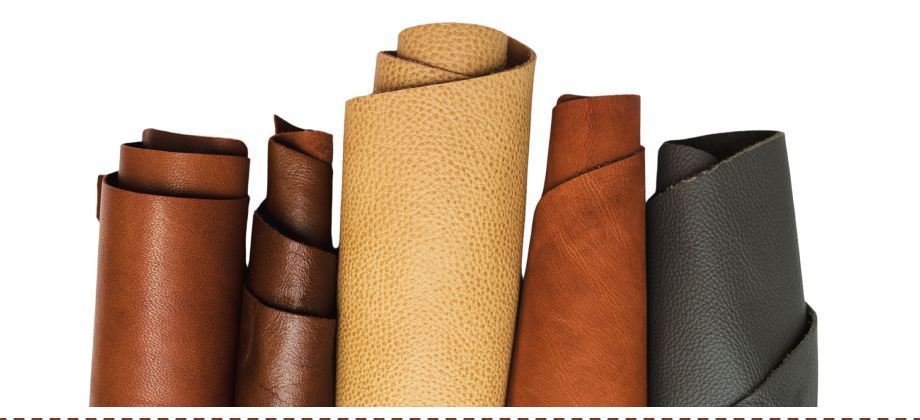How To Tell If Genuine Leather

Imagine the scent – rich, earthy, and undeniably luxurious. It's the aroma that wafts from a well-worn leather jacket, a supple leather handbag, or a classic pair of leather boots. That scent alone can evoke feelings of quality, durability, and timeless style.
But in a market flooded with imitations, how can you be sure you're getting the real deal? How can you confidently distinguish genuine leather from its synthetic counterparts?
This guide provides you with the knowledge to confidently identify genuine leather, ensuring you invest in quality and avoid being fooled by clever fakes.
The Allure of Genuine Leather
Leather has been prized for centuries for its strength, durability, and beauty. Genuine leather is made from animal hides, typically cowhide, but also from other animals such as sheep, goats, and even exotic creatures like alligators.
Its unique grain patterns, natural imperfections, and ability to age gracefully contribute to its enduring appeal. Unlike synthetic materials, genuine leather breathes, molds to your body over time, and develops a rich patina that tells a story.
Why It Matters: Spotting the Difference
The rise of synthetic leathers, often marketed as "vegan leather" or "pleather," has made it increasingly challenging to distinguish between genuine and imitation. While some synthetic leathers offer ethical and sustainable alternatives, others are simply cheap imitations designed to deceive consumers.
Understanding how to identify genuine leather empowers you to make informed purchasing decisions. It allows you to invest in products that will last, retain their value, and provide years of enjoyment.
The Sensory Test: Sight, Smell, and Touch
Your senses are your first line of defense in detecting real leather. Start by examining the product closely, paying attention to the grain pattern, texture, and any visible imperfections.
Genuine leather possesses a natural, irregular grain pattern, while synthetic materials often have a repeating, uniform pattern. Look for pores and variations in the surface; these are telltale signs of authenticity.
The Smell Test: A Distinctive Aroma
The scent of genuine leather is unmistakable. It's a rich, natural aroma that's difficult to replicate synthetically.
Synthetic leathers often have a plastic or chemical smell, lacking the earthy undertones of real leather. A quick sniff can often reveal the truth.
The Touch Test: Feeling the Difference
Genuine leather feels supple, warm, and slightly textured to the touch. It has a natural give and pliability that synthetic materials often lack.
Press your fingers into the surface; genuine leather will wrinkle and crease slightly, while synthetic materials tend to retain their shape. Real leather also tends to absorb moisture, whereas synthetic leather will repel it.
The Visual Clues: Examining the Details
Beyond sensory cues, several visual clues can help you identify genuine leather. Examine the edges, the stitching, and the backing of the product.
Genuine leather has frayed or rough edges, while synthetic materials often have clean, finished edges that are heat-sealed or folded over. The backing of genuine leather is typically fibrous and slightly rough, while the backing of synthetic materials is often smooth and uniform.
The Water Drop Test: Absorption vs. Repulsion
This simple test can be quite revealing. Place a small drop of water on the surface of the material and observe what happens.
Genuine leather will absorb the water drop, causing it to darken slightly. Synthetic materials will repel the water, causing it to bead up on the surface.
The Bend Test: Creasing and Wrinkling
Gently bend the material in your hands. Genuine leather will crease and wrinkle naturally, conforming to the shape of your hand.
Synthetic materials tend to be stiffer and less pliable, often retaining their original shape. The creases and wrinkles on synthetic materials may also appear more uniform and less natural.
Decoding the Labels: Understanding Leather Grades
Understanding the different grades of leather can also help you make informed purchasing decisions. Not all leather is created equal, and the term "genuine leather" can be misleading.
Full-grain leather is the highest quality and most durable, retaining the natural grain and imperfections of the hide. Top-grain leather is slightly less durable, as it has had the top layer sanded and finished to remove imperfections.
Genuine leather, in the strictest sense, simply means that the product contains some real leather, but it may be of lower quality, such as split leather or bonded leather. Bonded leather is made from scraps of leather that are glued and pressed together, often coated with a polyurethane finish.
Research and Reputable Sellers
When purchasing leather goods, research the brand and the seller. Look for reputable companies with a history of selling high-quality products.
Read reviews and testimonials from other customers to gauge the quality and authenticity of the leather. Don't be afraid to ask questions about the type of leather used and the manufacturing process.
Price as an Indicator
While price is not always a guarantee of authenticity, it can be a useful indicator. Genuine leather is typically more expensive than synthetic materials, reflecting the cost of the raw materials and the labor involved in the tanning and manufacturing process.
Be wary of products that are priced significantly lower than similar items made from genuine leather. If it seems too good to be true, it probably is.
The Enduring Appeal of Real Leather
Identifying genuine leather is an investment in quality, durability, and timeless style. By using your senses, examining the details, and understanding leather grades, you can confidently distinguish between real leather and its synthetic counterparts.
Choose products that will age gracefully, tell a story, and provide years of enjoyment. The rich aroma, supple texture, and enduring quality of genuine leather are worth the effort to seek out and appreciate.
Ultimately, the ability to discern genuine leather is not just about avoiding deception; it's about connecting with a material that has been valued for generations, a material that embodies craftsmanship, durability, and timeless elegance.


